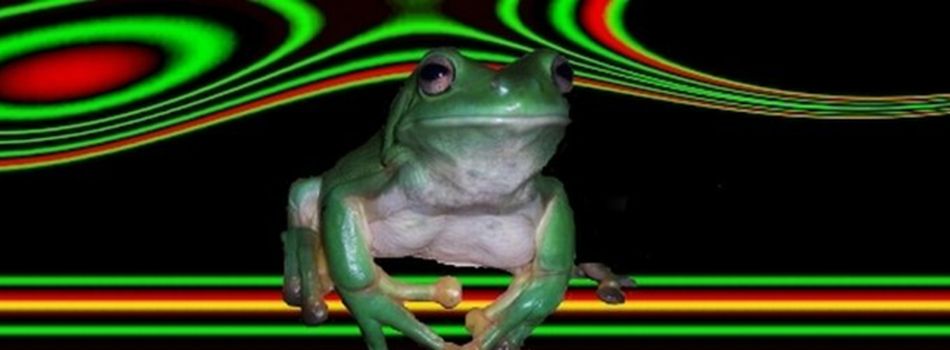Green tree frogs are highly adapted for climbing, even on smooth or slippery surfaces. Their remarkable climbing ability is primarily due to specialized toe pads and unique biomechanics.
Toe Pad Structure and Function
- Green tree frogs have large, disk-shaped toe pads at the tips of their fingers and toes.
- These pads are covered with a thin layer of mucus, creating a fluid-filled adhesive joint that allows for strong, reversible adhesion to surfaces.
- The surface of the pads is made up of a hexagonal array of flat-topped epithelial cells separated by channels. These channels help spread the mucus and maintain close contact with the surface, even if it is wet or smooth.
- The adhesion is not based on suction or sticky secretions alone, but on a combination of capillary and viscous forces generated by the mucus layer, which enables the pads to grip surfaces through wet adhesion.

Biomechanics of Climbing
- When climbing vertically, green tree frogs use both their forelimbs and hindlimbs to generate propulsive forces, allowing them to ascend with high mechanical efficiency.
- Their climbing gait involves slow, deliberate movements, with increased time spent in contact with the surface to maximize grip.
- The frogs’ toe pads and subarticular tubercles (small pads under the joints) both contribute to adhesion, especially on curved or irregular surfaces.
Adaptations for Climbing
- The frogs’ large adhesive discs and partially webbed toes enhance their ability to maintain contact and distribute weight, reducing the risk of slipping.
- The sticky substance produced by the toe pads further increases friction and adhesion, even on glass or other smooth surfaces.
- The combination of anatomical adaptations (toe pad structure, mucus secretion) and behavioral strategies (deliberate movement, use of multiple limbs for force generation) enables green tree frogs to climb efficiently on a wide range of surfaces, including those that are wet or slippery.
Summary Table: Key Climbing Adaptations
| Adaptation | Function/Benefit |
|---|---|
| Disk-shaped toe pads | Increases contact area for adhesion |
| Mucus secretion | Creates fluid layer for capillary/viscous grip |
| Hexagonal epithelial cells | Maintains close, flexible contact |
| Subarticular tubercles | Additional grip, especially on curves |
| Deliberate climbing gait | Maximizes contact time and grip |
| Use of all limbs for force | Enhances propulsive and stabilizing forces |
In summary, green tree frogs can climb slippery surfaces due to their specialized toe pads, mucus-assisted adhesion, and coordinated limb movements, making them highly effective climbers in their arboreal habitats.
